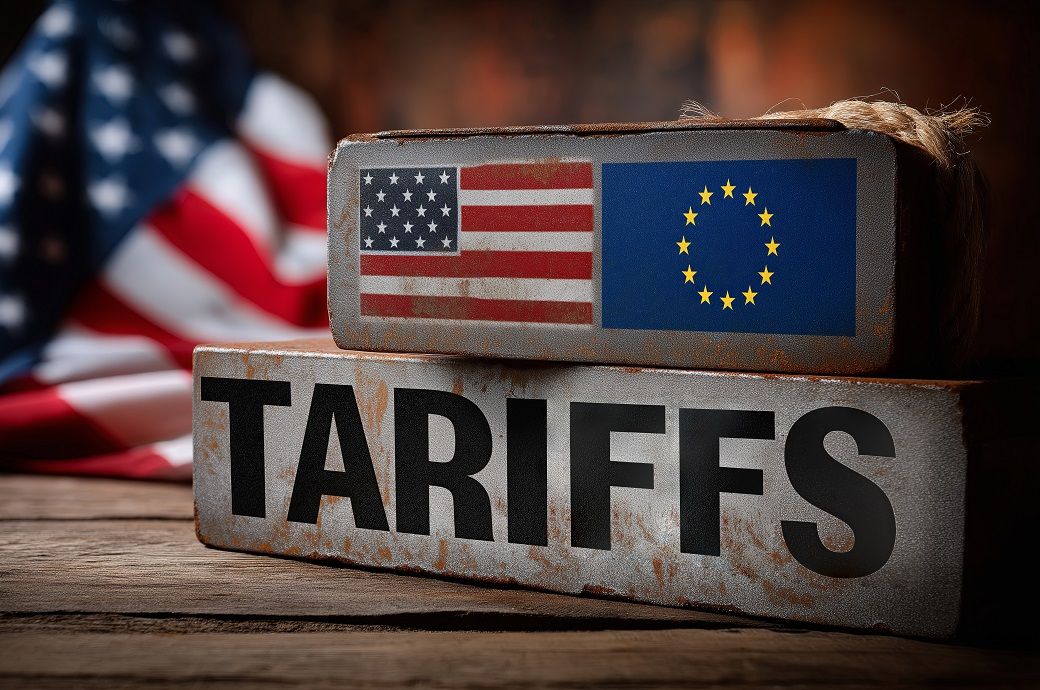
The report noted that the severity of the impact will depend on the extent of US market exposure, ability to pass on costs, and competitive positioning against other countries. Currently, the US accounts for around 20 per cent of India’s merchandise exports and roughly 2 per cent of GDP. The reciprocal tariff already in place exceeds those for many Asian competitors, except China, and is expected to erode India’s advantage in sectors heavily dependent on US demand.
Home textiles and carpets—where exports form 70–75 per cent and 65–70 per cent of sales respectively, and the US takes the lion’s share—face steep declines in volumes and profits. RMG, with 10–15 per cent of revenues tied to the US, will lose competitiveness to Chinese and Vietnamese suppliers.
Capital goods manufacturers, though better placed to absorb some costs due to established market presence, could see reduced fresh order inflows as buyers turn to tariff-friendly suppliers like Mexico.
The report warned of second-order effects, including a slowdown in US demand and potential diversion of exports from other tariff-hit nations into India, potentially hurting domestic producers. Still, strong corporate balance sheets, possible safeguard measures from the Indian government, and bilateral trade deals with other partners may cushion the blow.
For the RMG segment, exports to the US form 10-15 per cent of total revenue and will become completely unviable as the tariff structure will be significantly higher than that of competing manufacturers in China and Vietnam.
The agency will continue monitoring the situation and adjust credit ratings where necessary, stressing that any US-India trade agreement in the near term could reshape the outlook.
ALCHEMPro News Desk (SG)
Receive daily prices and market insights straight to your inbox. Subscribe to AlchemPro Weekly!